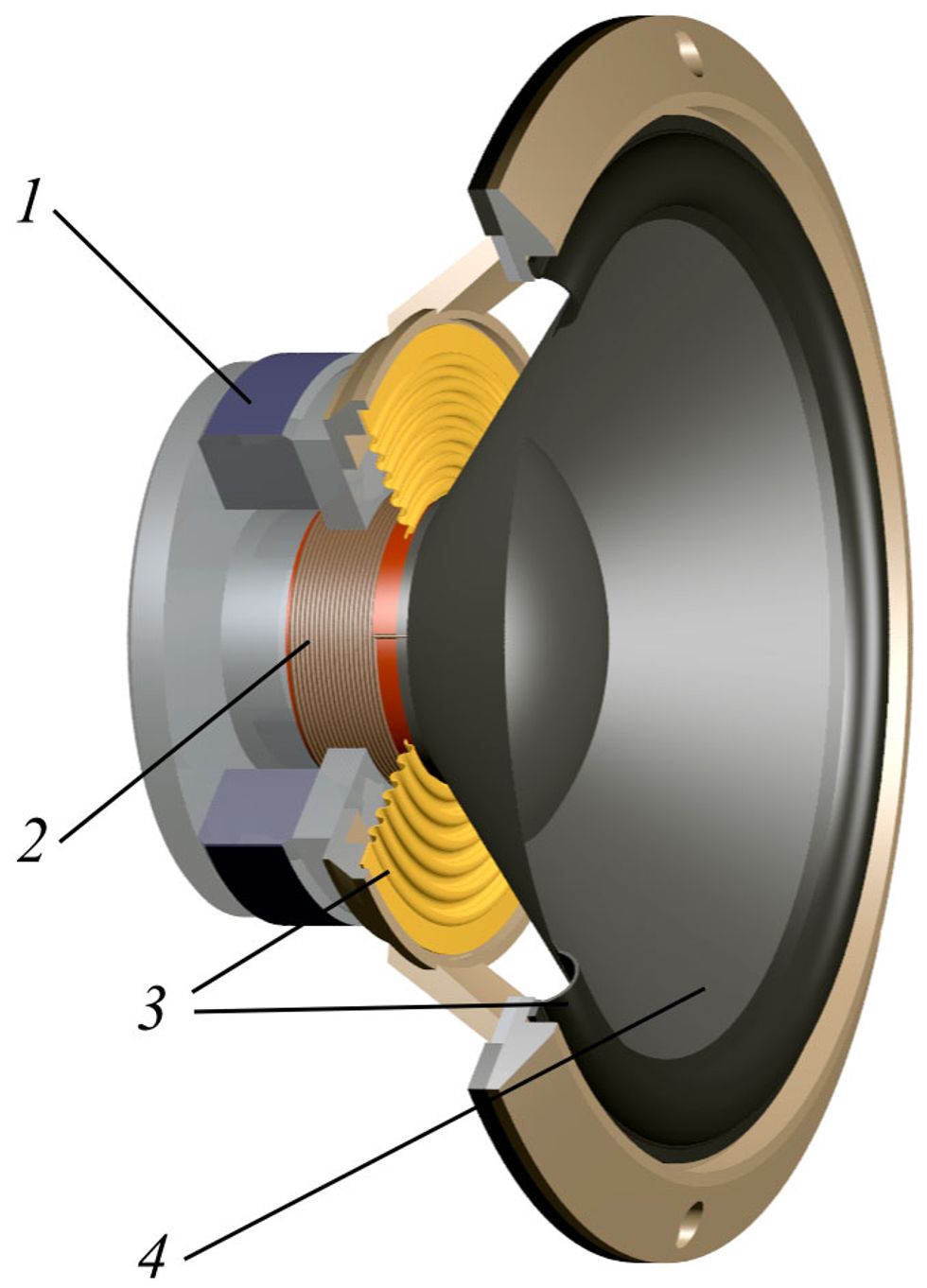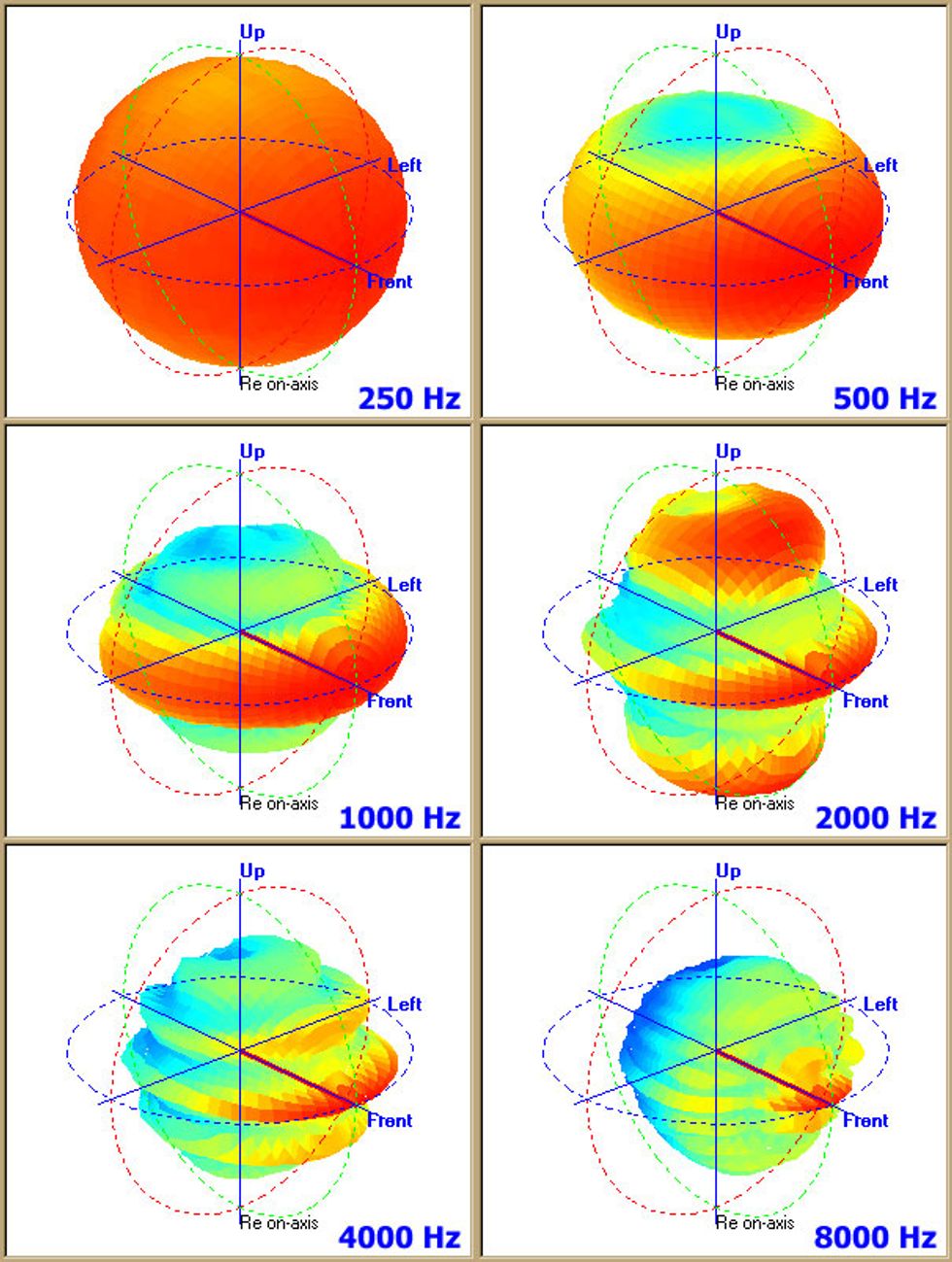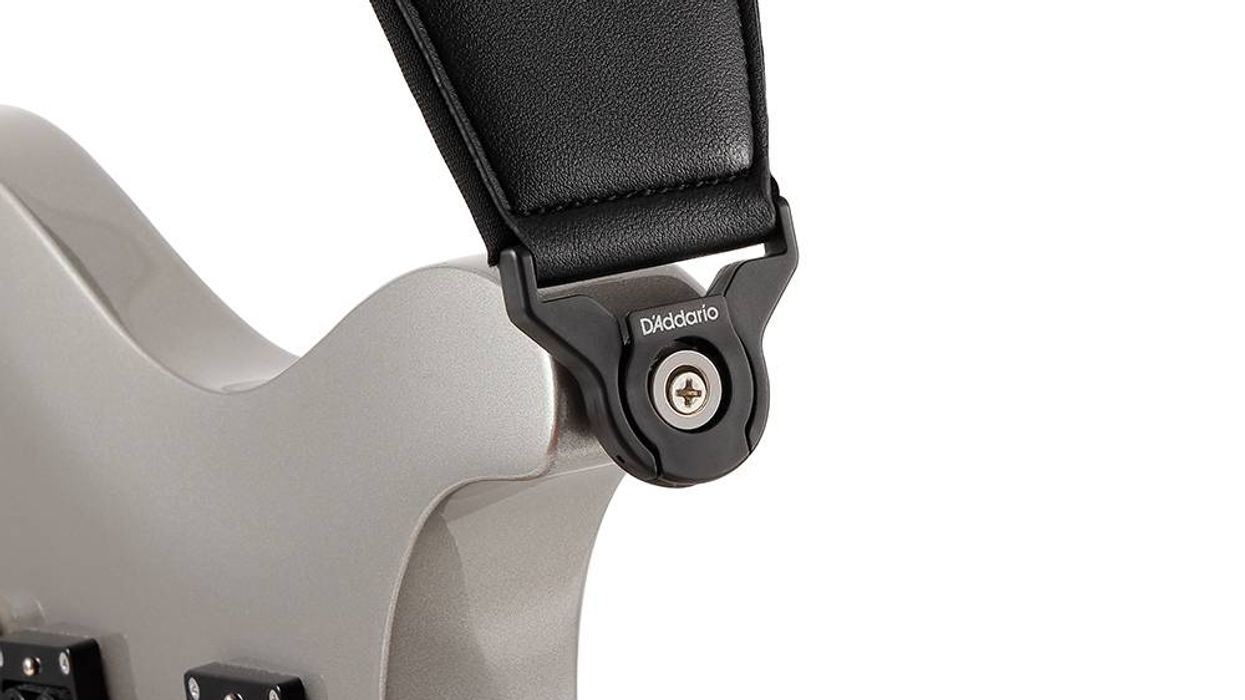In recent decades, the bass has expanded its frequency range—not only in the lower register, but also in the higher realms. That’s not just because of newer extended range basses. It’s also because of what today’s players and listeners accept as a modern bass sound. Which begs the question: In contrast to all the attention we lavish on the details of our instruments, do we devote enough time to pondering the functionality and details of our cabinets?
In addition to checking the wattage rating, here is what most of us expect from a “good” cabinet: fairly linear, unaltered amplification over the complete frequency range. Sounds almost simple, right? However, in terms of physical acoustics, cabinet and speaker designs are spiked by so many compromises one wonders how much of what we’re hearing accurately reflects the sound of the string we’ve just plucked. And the deeper one digs, the more confusing and unsolvable the physical limits appear to be, especially after phase, direction, and room acoustics are factored in.
Let’s start with the “sweet spot”—something we understand from listening to home stereo systems. It’s not only the location that’s an equal distance from both speakers. It’s also the position where we get to hear the complete frequency range because our ears are at the same height and (almost) perpendicular to the area of the speaker cones. This is because speakers “beam” at higher frequencies, meaning the higher the frequency, the more a speaker’s output shifts from omnidirectional to directed.
string we’ve just plucked.
As musicians, we’re all familiar with this effect, yet it’s rare to encounter an explanation. And no, it’s not because the higher the frequency, the more it comes from the conical center of the speaker. It has more to do with the overall geometrical parameters of the speaker and cabinet, and a direct relationship of speaker size to wavelength. Or more generally: The larger the source is compared to a certain wavelength, the more directional the beam. (If you want to dig deeper, the Huygens-Fresnel Principle makes a good starting search term.)
Here are some numbers about the range we’re talking about. Let’s say the lower end should be around 20 Hz, which isn’t far from the fundamentals of a low F#. This frequency has a wavelength of 678 inches, which is 56.5 feet or 17.2 meters. On good hi-fi systems, the upper end is often 20 kHz or above, with 15 kHz being an optimistic limit for aging rock stars, while a practical upper limit for bass is around 10 kHz. At 10 kHz, the corresponding wavelength is 1.36 inches, which is 0.11 feet or 0.03 meters. It would be naive to expect linear, uncolored output over this huge range, especially because most bass cabinets sport an array of identically sized speakers, perhaps augmented with a tweeter. And if you think the answer lies in an array of different speakers, having more than one source of waves means there will be phase correlations and places of total cancelation.
Polar plot of a loudspeaker going from omnidirectional to directed, and it’s as complicated as it looks!
Illustration courtesy of commons.wikimedia.org
If we examine the details, even one speaker is more than a single source. And then there’s room acoustics that generate reflections, cancelations, resonances, and standing waves from the walls. With all of this, how can we make sure everybody in a rehearsal room is hearing the same thing? We can’t. But there’s no need to freak out, because in real life all this supposed chaos works surprisingly well.
Still, a few things become obvious once we learn more about the physical basics: For example, as opposed to many guitarists, bassists use closed cabinets because an open cabinet acoustically short-changes our critical low range. Apropos low range: It helps to place bass cabinets in a room’s corner to circumvent the long waves’ omnidirectional spread and keep them directed.
Beaming in higher frequency ranges explains why some 4x12 guitar cabinets have two tilted upper speakers, and why some guitarists use wedges and tilting helpers for small guitar combos. And the more we bass players break into higher frequency ranges, the more we should think about this, too, whether it’s using wedges, putting a greater distance between ourselves and the sound source, or exploring other solutions to more directly face our own speakers instead of wobbling the air around our trousers.







![Rig Rundown: AFI [2025]](https://www.premierguitar.com/media-library/youtube.jpg?id=62064741&width=1245&height=700&quality=70&coordinates=0%2C0%2C0%2C0)












 Shop Scott's Rig
Shop Scott's Rig















































